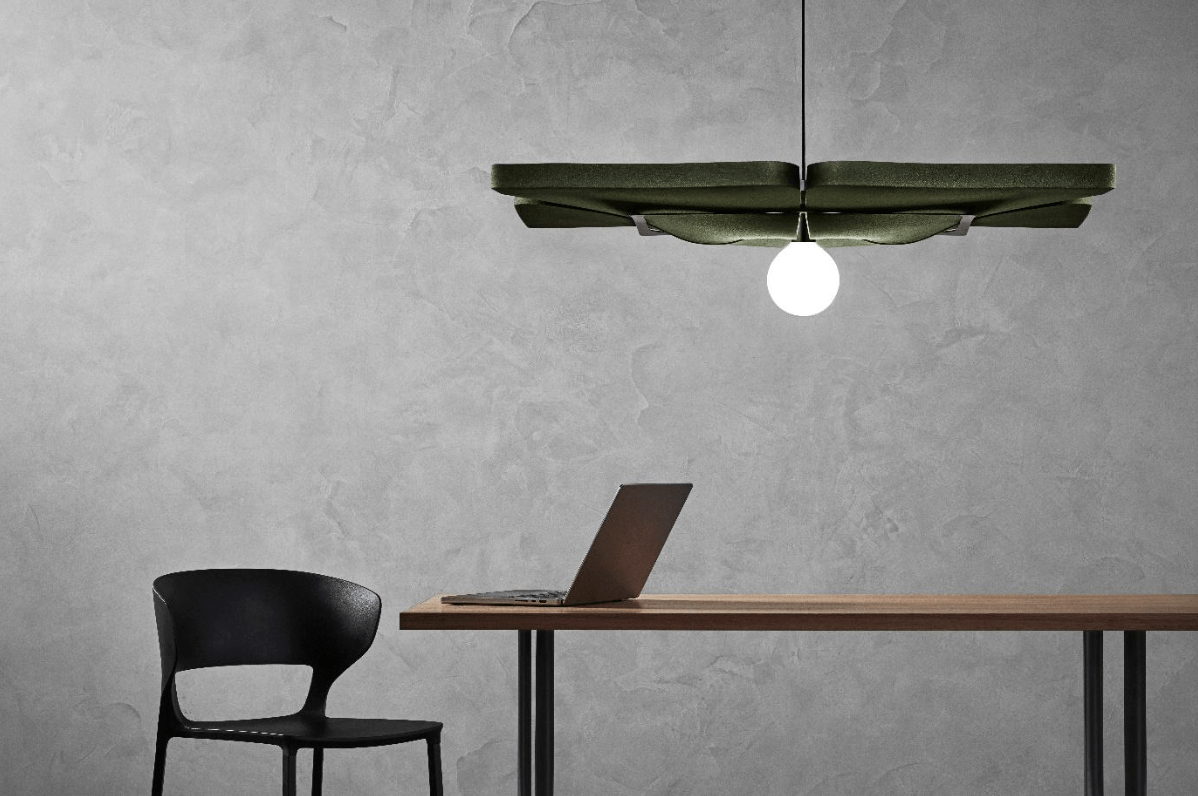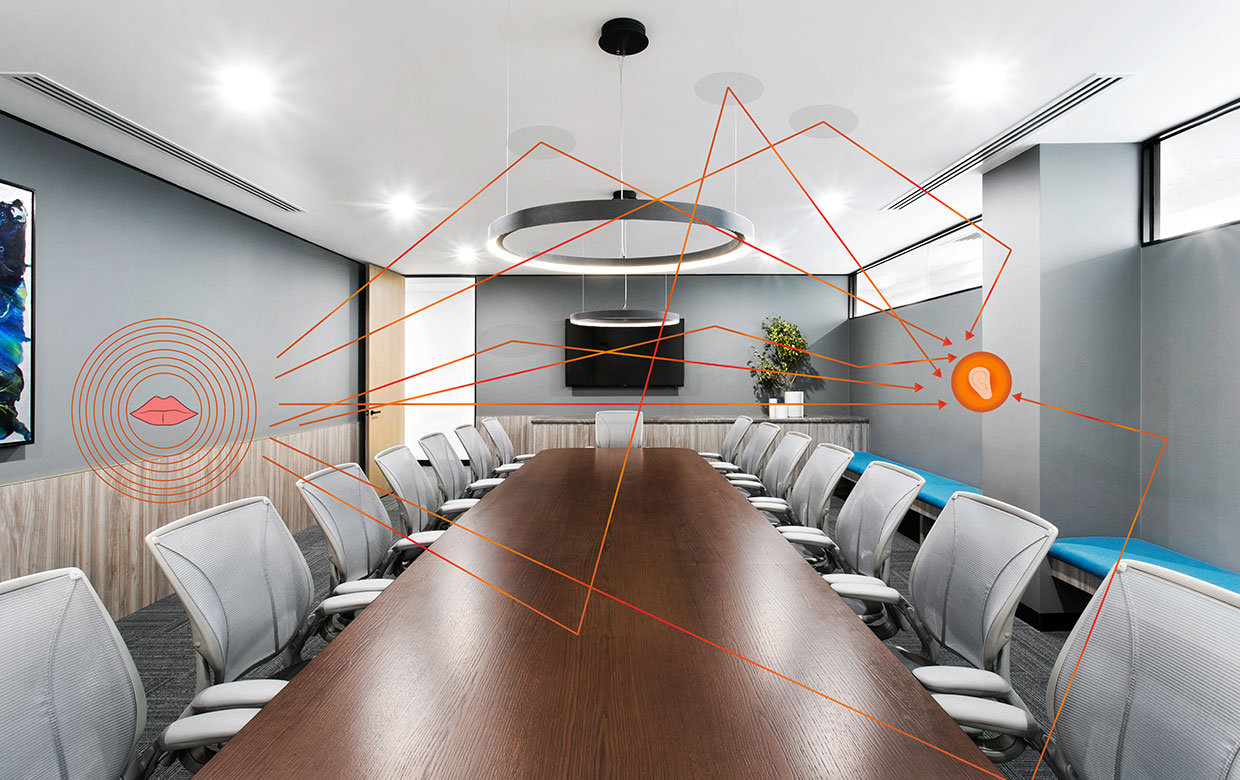
We love open plan offices, but our ears… not so much.
With the opportunity to collaborate, comes the inevitability of noise. Indisputably annoying but often entertaining, hearing everyone’s opinion on ‘The Bachelor’ last night has become an inevitable norm for those working in an open plan office. It works like this; the morning is quiet until someone boots the heater on, computers log on and coffee machines rip into action. People greet each other from across the office, prompting others to join in. They begin talking just a bit louder to make sure their colleague can hear them. Before you know it, background noise has snowballed into a sizeable distraction. Meetings, more coffee, phone calls. An orchestra of low-level sound creates an atmosphere that requires everyone to amp up their internal voice in order to cut through the chaos. But… With a little bit of conscientious action and smart design, we can combat unwanted noise in the workplace.
To achieve a productive, peaceful and happy space, we suggest adopting the following strategies:
1. Take the meetings elsewhere!
Ensure there is a separate space for meetings that is not near the general work area. Meetings are some of the most distracting events that can steal other’s focus because they require clear, loud talking. It can be almost impossible to tune out the semi-relevant content that is going on between colleagues. Plan for a place that is separate, or at least closed off from the regular workspace.
2. Be smart about layout.
Don’t put desks near the kitchen and coffee grinder. Where possible, don’t place people right in front of a window with a busy road outside. Section the space off into ‘quiet’ and ‘communal’ areas. Just as no one wants to hear meetings, they don’t want to hear one-sided phone calls and catch ups. If you’re lucky, utilise outdoor areas and create a space for eating.
3. Allow for movement.
Create a layout that encourages employees to get up and move! Avoid blocking people in so that they’re forced to shout across the room. Instead, allow for easily accessible walking paths, so that workers can move closer to each other if needed.
4. For god’s sake, don’t install speakers for music.
Sorry, as much as some people will be really ‘feeling it’ on a Friday afternoon, it’s almost guaranteed that someone else will be desperately trying to finish something before the day is out. Or, they may just flat out hate whatevers’ playing. Birdsong is allowed… But we can guarantee the temptation for employees’ to take over the aux cord and play their jam instead, is much higher.
5. Install pods.
When possible, install pods or personal spaces that are specifically made for quiet, focused work. These can be decked out in acoustic treatment too. Give employees a ‘sanctuary’ to flee to when things are getting out of control in the open area.
6. Install acoustic treatment.
This is perhaps one of the most effective strategies in reducing unwanted noise. You don’t have to be an acoustician to understand where sound is coming from and where it’s bouncing; hard surfaces can be softened with absorbent wall panels, carpets and hanging lighting.
7. Test, test, test.
Keep up to date on the environment by regularly assessing the noise levels using a simple decibel reader, or asking the end user for continual feedback on how they feel about their comfort levels at work. Get an insight into what they want and implement strategies accordingly.





